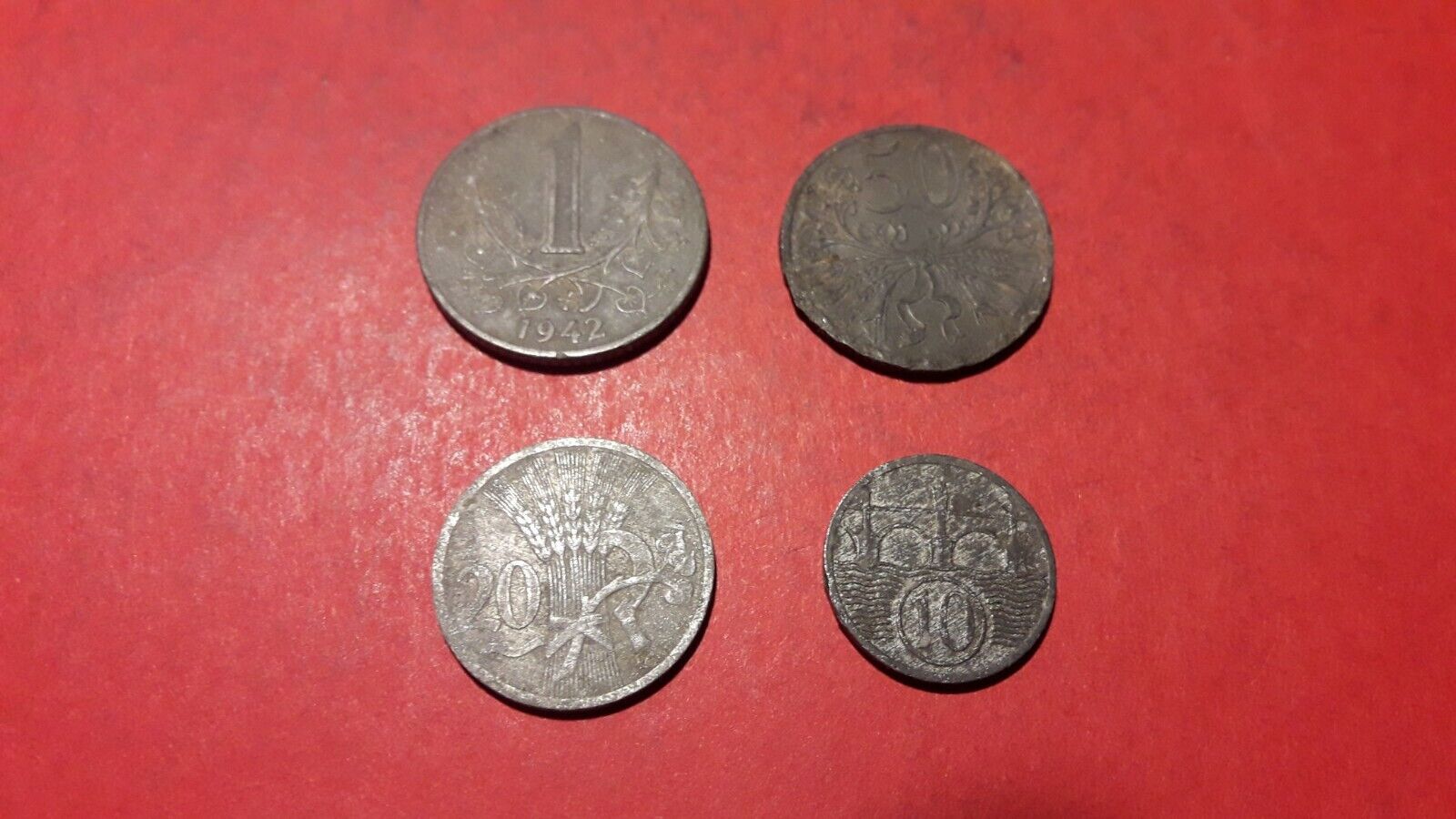-40%
1978 Czechoslovakia 50 Koruna 650th Anniversary of Kremnica Mint KM 91 PCGS MS66
$ 92.4
- Description
- Size Guide
Description
The Kremnica Mint (Slovak: Mincovňa Kremnica, Hungarian: Körmöcbányai pénzverde) is a state-owned mint situated in Kremnica, Slovakia. The predecessor of current Mincovňa Kremnica, š. p. (štátny podnik = state company) was established in the Kingdom of Hungary in 1328, and for nearly seven centuries it has continuously been producing mint articles.Kremnica Mint was established in 1328 when Kremnica (Hungarian: Körmöcbánya) was promoted to a free royal town by the Hungarian King Charles Robert of Anjou; the mint issued several kinds of coins early on, of which the most successful was its ducat. Kremnica ducats were well known because of their good quality and were considered the hardest currency in Central Europe. Available historical records report that 21.5 million ducats were minted at the Kremnica Mint throughout its history. The aggregate value of this amount, measured at today's prices of gold, would be three billion US dollars (exclusive of the numismatic value).[1]
Euro coins
☜-☯︎-☮︎☞
Free Domestic Shipping
Ancient Coins Guaranteed Authentic
I offer 30-day no questions asked free returns!*‡‡
All Shipping Combined
International Shipping Free For Purchases over ,000
*Does not include items damaged within first 30 days.
‡‡ Returns & cancellations Subject to a 3% restocking fee.
An unavoidable fee due to Paypal's recent user agreement changes.
☜-☯︎-☮︎☞
The mint became very outdated by the beginning of the 20th century, and many called for new equipment and for the mint to be moved to Budapest. However, this did not happen until the end of World War I. As the Czech troops invaded Northern Hungary, the Károlyi government ordered to move the equipment and noble metal stock to Budapest. The Hungarian Government started to mint the first coins with the faulty machines and worn-out dies in Csepel. Even coins minted in 1922 bore the KB mint mark.
The Czechoslovak government had to set up a new mint as well, since not more than the buildings were left in Kremnica. Work on the new machinery started in 1921. Since then, the Kremnica Mint has manufactured all the coins used by the Czechoslovak and Slovak state and minted coins for 25 other countries. Since Kremnica was the site of the sole mint of the Czechoslovak state, the Czech protectorate (1939–1945) was supplied with coins by Germany, and the Czech Republic (since 1993) established its own mint.












